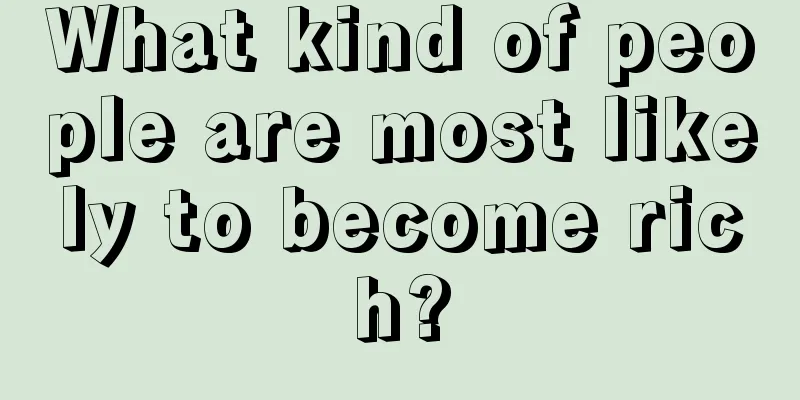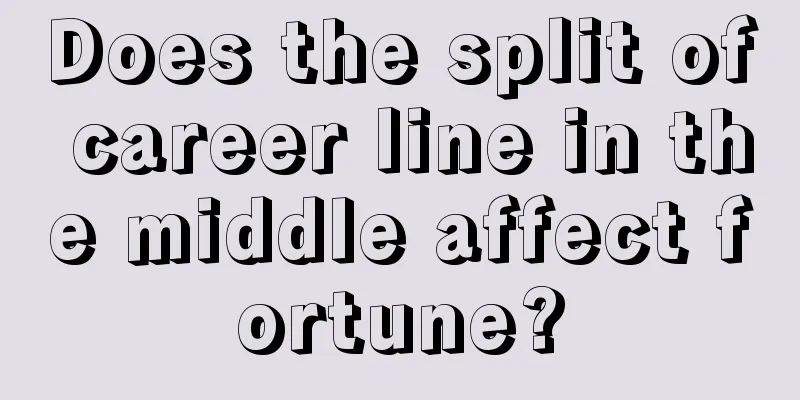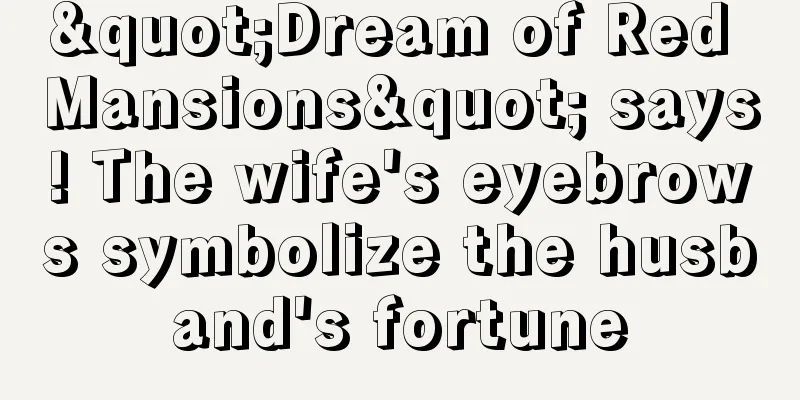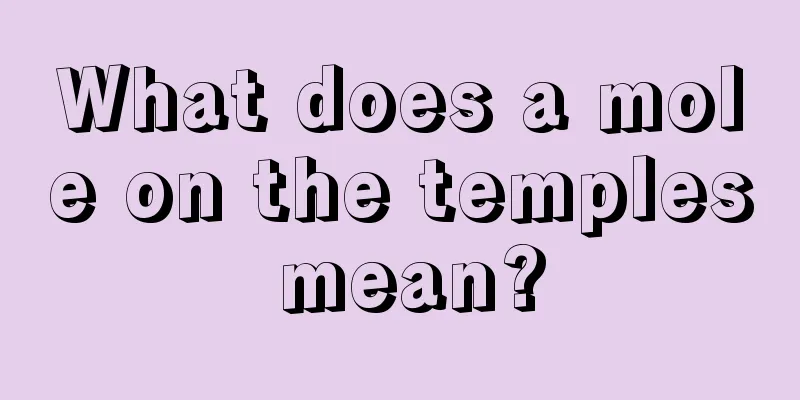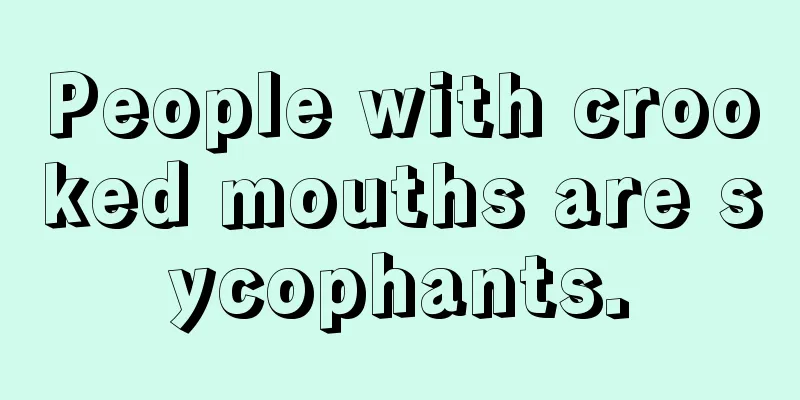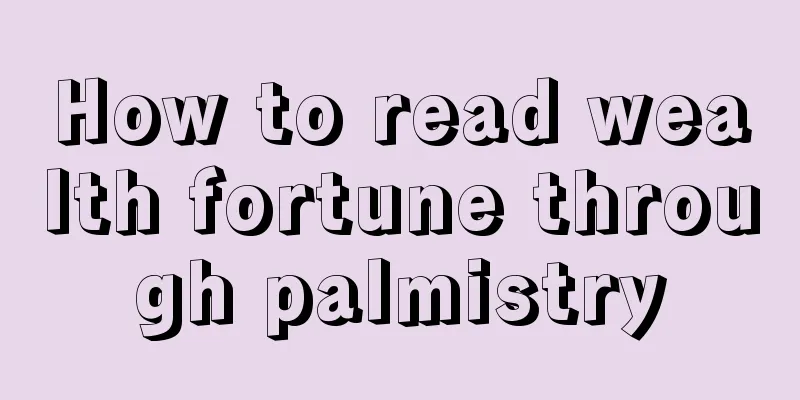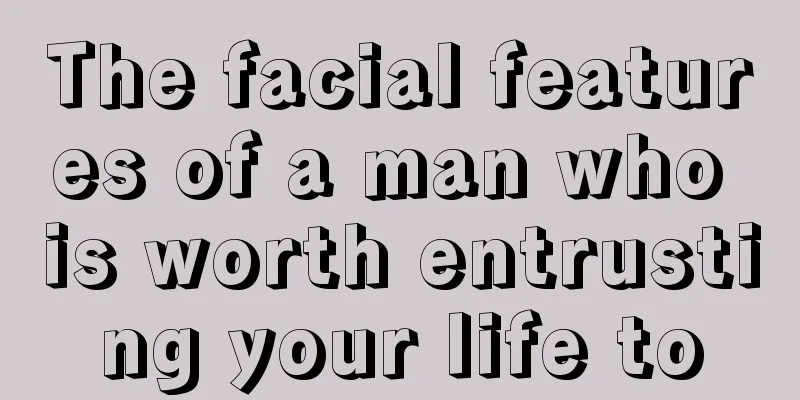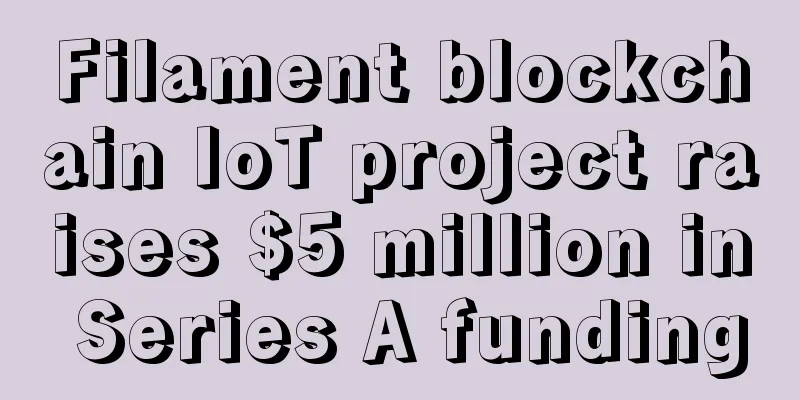Australia’s Centrelink data matching problems show need for government blockchain
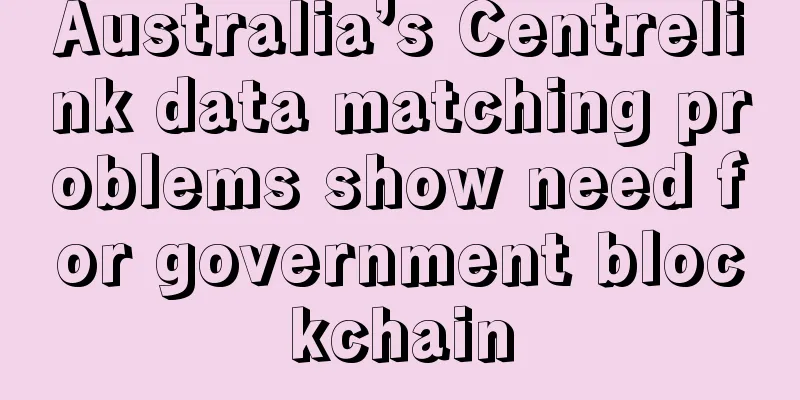
|
Rage Review : Governments around the world are actively trying blockchain technology because it can not only reduce costs, but also provide more accountability and combat corruption. The Australian government wants to pay welfare benefits and provide support services through Medicare, Centrelink and Child Support services. The government blockchain can not only record transactions about citizens, but also connect information about health, welfare and child support. However, the essence of blockchain is to reduce dependence on centralized systems (such as government) and replace them with systems with built-in accountability, transparency and trust, so there are still some challenges in the implementation process. Translation: Nicole Governments around the world are experimenting with blockchain, the technology that underlies bitcoin, as it promises to reduce costs while providing more accountability to the public. In Europe alone, the UK, Ukraine and Estonia are conducting blockchain trials to fight corruption and provide public services. Australia is also considering the applications that blockchain can enable. Recent problems with Centrelink’s automated data matching system show where government blockchain could be useful. Instead of storing our data in government agencies, we can create a single source of truth. This will speed up our interactions with government while reducing errors and fraud. What is blockchain? A blockchain is a public database, a collection of data stored on a bunch of different computers at the same time. When a new transaction occurs, it is verified (also called "mining" or "consensus"), encrypted, and added to the database. The most famous example of blockchain is Bitcoin, a cryptocurrency built on a blockchain. However, blockchain is also suitable for many other applications, not just in the field of financial transactions. For example, blockchain can be used to certify that diamonds are not from a fake source, as well as for buying and selling property. Government blockchain For governments, blockchain’s killer feature is that it’s a way to record transactions in a way that’s transparent and can’t be altered or tampered with. For example, when used to track the origin of fish through a supply chain, it allows customers and restaurants to know where the fish is and have complete confidence in the authenticity of the data. When applied in a government context, these capabilities may help collect taxes, provide benefits, or regulate business. From a public perspective, this can allow us to track government spending, eliminate fraudulent transactions, reduce errors in data processing, and accelerate service delivery time to real time. Blockchain is very useful for any field that requires record keeping. At the same time, the public can have greater confidence in the accuracy and completeness of the data held. In practice The Australian government pays welfare benefits and provides support services through Medicare, Centrelink and Child Support services. It also collects information through many other agencies, such as the Australian Taxation Office. Government blockchains can not only record transactions about citizens, but also connect information about health, welfare and child support. This information can only be entered into the blockchain by one of these agencies and only once, without the need to re-enter the data or match it again. Therefore, this can eliminate errors in data processing when information is passed on the line, avoiding some of the problems of the current Centrelink system. Furthermore, once the data is entered, it cannot be altered or changed in any way without proper authentication. All authorized personnel in the government can access the information in the blockchain, avoiding the shirking of responsibility by various government departments, and all data will be stored in one place. We can also go a step further as blockchain will also allow other services to be processed through apps, for example the UK is experimenting with blockchain for welfare payments. Blockchain can reduce overall costs, reduce bureaucracy, and enhance assistance to those in need. What we need is for the government to invest in the government's blockchain. The challenge is to make it legal The essence of blockchain is to reduce reliance on centralized systems (such as governments) and replace them with systems that have built-in accountability, transparency, and trust. The original concept of blockchain was implemented in an open way, such as the Internet (also known as non-permissioned), relying on independent, anonymous "miners" to verify transactions. This ensures the integrity of the data because no one knows who the miners are, and of course there is no way to engage in despicable acts such as bribery. However, some may be skeptical of government-run, “permissioned” blockchains, so they need to gain public trust. Government blockchains would not be public, and we would have to rely on the government to approve all transactions, which negates some of the benefits that blockchains offer. That means legitimacy and trust must come from the government itself, not the blockchain. A government-run blockchain would therefore have its challenges. However, if the Australian government blockchain is successfully developed, the potential upside is huge. Society as we know it would be disrupted. |
<<: Blockstream developer: Why are Bitcoin smart contracts so reliable?
Recommend
McKinsey reports on blockchain’s impact on insurance companies
A recent report by management consulting firm McK...
A woman with a high nose bridge is destined to be a young lady
Is it good for a woman to have a high nose bridge...
A chart showing the thefts at Bitcoin exchanges over the years
This infographic mainly summarizes the thefts of ...
How can a woman with a mole on the corner of her eye cause conflicts in her relationship with her husband?
It is generally difficult for a couple to maintai...
A man who loves to lie
A man who loves to lie In order to pursue women, ...
The philtrum of the face: the philtrum of a woman
From a woman’s philtrum, you can directly see wha...
The fate of a woman with a mole on the right palm
Most people don't like moles on their faces b...
What are almond eyes like? Who are the celebrities with almond eyes?
What do almond eyes look like? Who are the celebr...
Is it good to have a mole next to the nose? There are many villains in the workplace.
Everyone knows the influence of facial features o...
US Senate close to compromise on encryption amendment, but time is running out
The U.S. Senate is close to reaching a compromise...
How to read the marriage line on women's palm
In palmistry, the marriage line is also called th...
Is a short-term pullback an opportunity or a risk?
From the technical chart, the main reason for the...
What does the philtrum represent in a man's face?
In film and television works, there are often sce...
Lips analyze your destiny
Lips analyze your destiny The lips are the openin...
Women with these facial features will affect their husbands' careers
Which career-oriented man does not desire his car...
